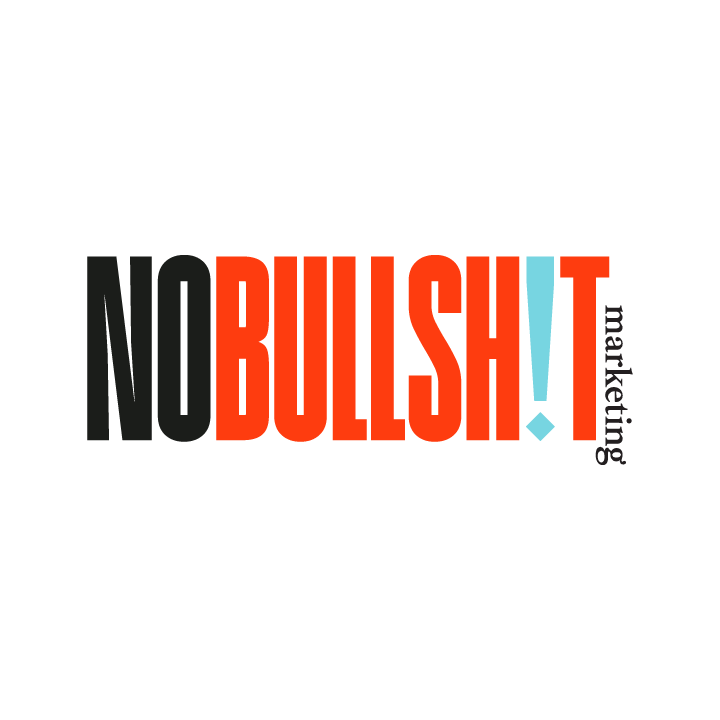Facebook Algorithms Explained
Facebook burst onto the scene about 15 years ago and has steadily grown into the world’s largest social media network. It’s the easiest and fastest way to reach your potential customers, but that doesn’t mean everything you post on your business page is going to make its way into your customers’ newsfeeds. That’s because of what’s known as the platform’s algorithm.
The bigger problem? There’s only so much about Facebook’s algorithm that even savvy social media users fully understand. It also has a tendency to change, so what’s successful today might not be successful six months from now.
Here’s a brief overview on the Facebook algorithm and how you might be able to make it work in your favor.
First, explain what an algorithm is, please!
An algorithm is a set of guidelines or instructions for how a computer or digital platform operates. In the context of social media, the algorithm determines what posts show up in your newsfeed and in what order. Because computers are constantly reprogramming themselves based on the user’s actions, the algorithm tries to give users the type of content that they most want to see. And in order to determine what content you like the most, Facebook monitors how long you look at each post and what types of posts you interact with (that is, which comments you like, comment on or share).
Generally, this makes a better experience for Facebook users, but it can present a problem for you — a business owner or somebody managing a Facebook business page — because it means you have to work harder to get the attention of people who don’t know about you yet. In fact, Facebook in January 2018 straight-up declared that it wasn’t going to give priority to public pages the way it was going to give priority to posts from a user’s friends.
But just because you have to work harder, that doesn’t mean it’s impossible.
So how does a business page get priority?
When Facebook announced that it was going to give priority to posts from friends and family over posts from pages, it said it wanted to highlight content that would “spark conversations and meaningful interactions between people.”
So even if you’re a business page, you should still seek to engage with your followers rather than call them to action (in other words, tell them to buy a product). Posts with lots of likes, comments and shares — particularly many likes, comments and shares in a short period of time after the post is published — get better visibility. Users will also be more likely to see something if their friends liked it or if it was liked by someone who shares their preference in posts.
When you’re planning content for your business page on Facebook, you should seek to create content that is:
Entertaining: People are on social media because they want to have fun. Have photos and videos that are amusing or funny. Have captions and text that is interesting to read and has some personality to it. As with other forms of marketing, people need to enjoy it if they are going to remember it.
Educational: Do you have useful information about your industry that would be valuable to your followers. Facebook is an opportunity for you to help them learn. This establishes you as an expect, and they know they can trust you. It will also keep them coming back to you for more info when they need it.
Engaging: Ask questions. Solicit input. Find out what your followers want. Just remember not to be so straightforward as to say, “Like this post if…” or “Comment below if…,” as these can be seen as baiting for liking or comments.
Are there other ways of outsmarting the Facebook algorithm?
Because much of what we know about the Facebook algorithm is based on observation and speculation, there’s really no guaranteed way of outsmarting it, especially when it is constantly changing.
That said, there are a few considerations you can make when planning out your Facebook content:
Try to vary the content you share. Having a mix of photos, videos, live videos, links, memes and text posts will give you opportunities to see what works best.
Go for topics that are timely or people are passionate about. If there’s a hot issue in the news, see how you might be able to tie it back to your product or service. Then you can get a conversation started about it with your followers. (If it’s a controversial topic, be prepared to monitor the comments to keep any swearing or mean-spirited remarks at bay.)
Remember proper timing. You want to share posts at a time when people are awake and online. Sharing important content at 10:00 p.m. will miss a few people who go to bed early. Usually midday posts during the week do well, as many people check social media on their lunch breaks.
Repurpose but don’t recycle. If you have a post that didn’t do well and you want to try it again, or maybe it’s something that warrants a reminder, be sure to present the information in a new way.
If you’re setting up your business page on Facebook and need to create a calendar of content to share, Ann’s Social Media & Marketing can help. Email ann@annmarkets.com today to get started.
